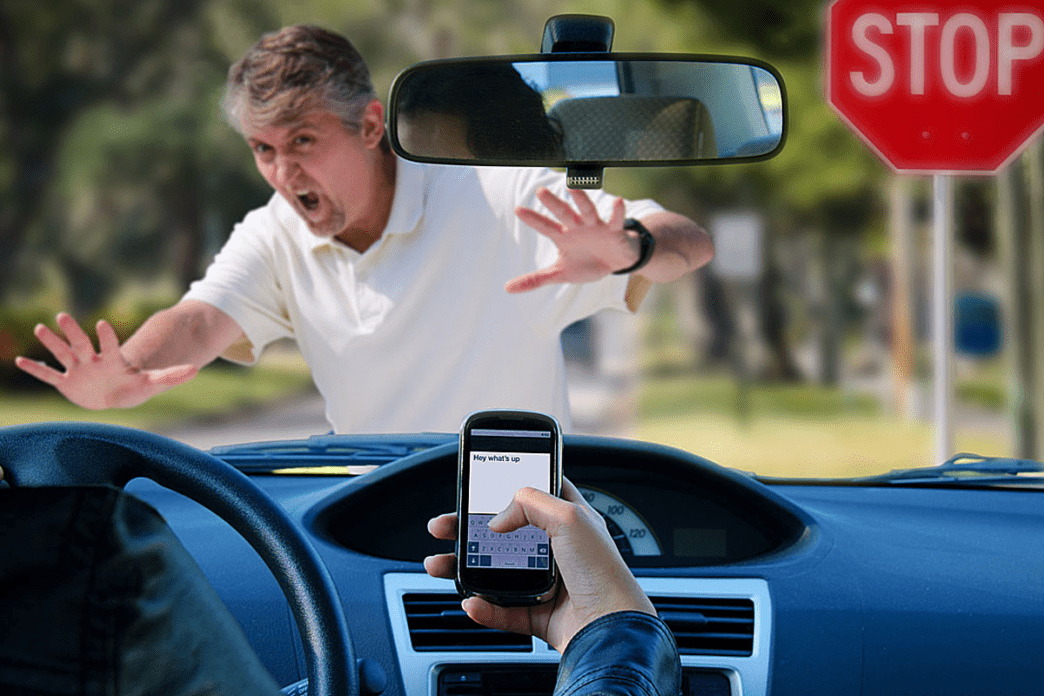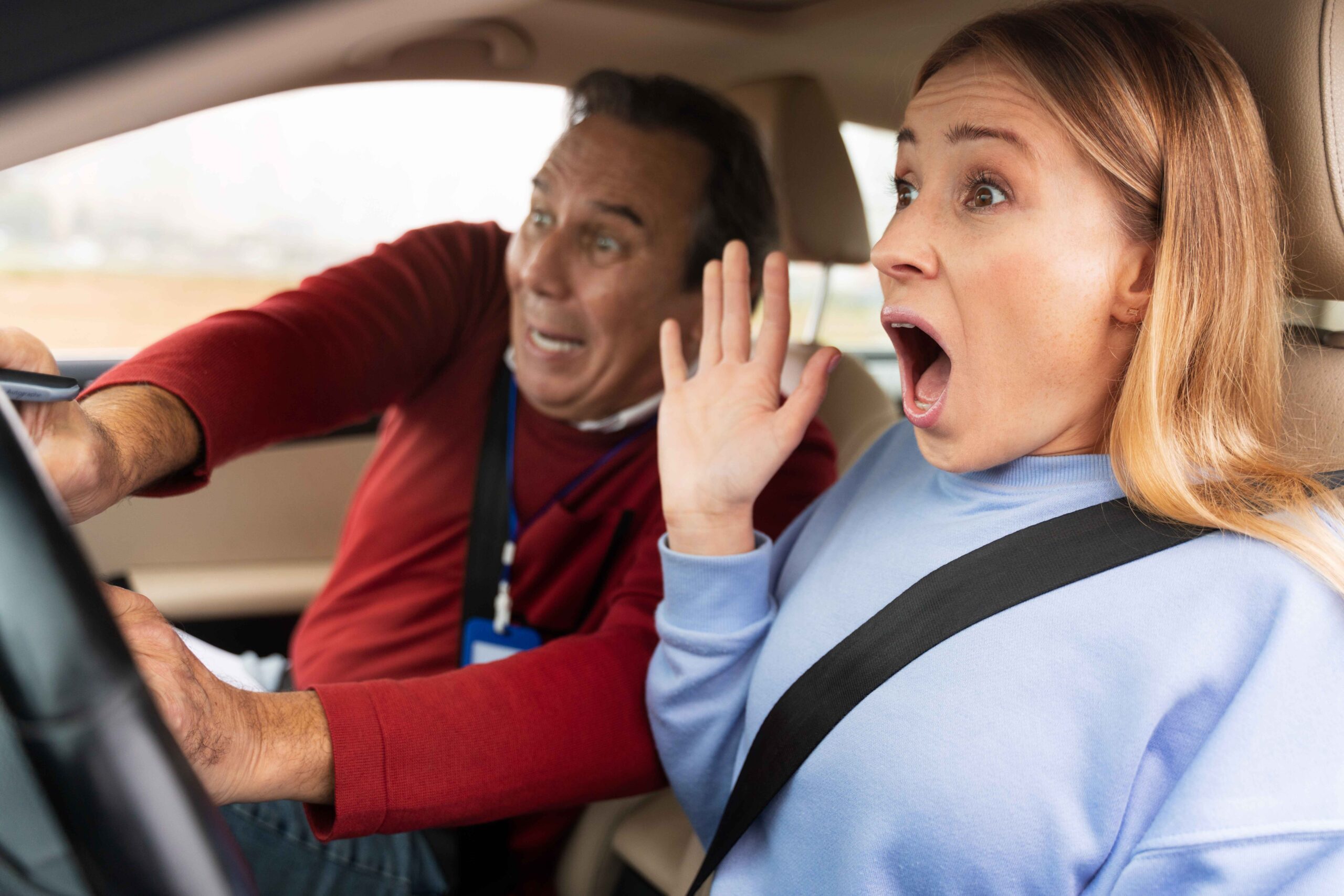In the realm of traffic accidents, hit-and-run incidents represent a troubling and often tragic occurrence. Alicense plates face consequences accident transpires when a driver involved in a collision flees the scene without providing any form of assistance or identification. This act of irresponsibility can lead to severe consequences for both the victims and the fleeing driver.
Definition of Hit-and-Run
A hit-and-run incident occurs when a driver leaves the scene of an accident without fulfilling their legal obligations, which typically include providing aid to injured parties, exchanging contact and insurance information, and reporting the incident to law enforcement. The severity of a hit-and-run can vary widely, from minor fender benders to catastrophic collisions resulting in injury or death.
Common Causes of Hit-and-Run Accidents
Hit-and-run accidents can stem from various factors, including:
- Panic: In some cases, drivers may flee the scene out of panic or fear, especially if they believe they will face legal repercussions or if they lack insurance.
- Intoxication: Drivers under the influence of alcohol or drugs may flee to avoid detection and potential DUI charges.
- Unlicensed or Uninsured Drivers: Individuals driving without a valid license or insurance may flee to evade legal consequences.
- Criminal Intent: Some hit-and-run incidents are intentional, often involving criminal activity such as theft, drug trafficking, or evasion of law enforcement.
How License Plates are Used in Hit-and-Run Investigations
Role of License Plates in Identifying Vehicles
License plates play a crucial role in hit-and-run investigations, serving as a primary means of identifying vehicles involved in accidents. Law enforcement agencies utilize various methods to trace license plates, including access to databases, surveillance footage, and witness reports.
Utilization of Surveillance Cameras
Surveillance cameras installed at intersections, parking lots, and along roadways provide valuable footage that can aid in hit-and-run investigations. By analyzing camera footage, investigators can often identify vehicles and track their movements before and after the accident.
Cooperation with Witnesses
Eyewitnesses to hit-and-run accidents can provide vital information about the fleeing vehicle, including its make, model, color, and license plate number. Law enforcement agencies rely on witness accounts to piece together the events leading up to the collision and apprehend the responsible driver.
Table: Example of Hit-and-Run Witness Report
| Vehicle Description | License Plate Number | Description of Driver | Time and Location |
|---|---|---|---|
| Silver sedan | ABC123 | Male, mid-30s, wearing glasses | 8:45 PM, Main Street |
Consequences for Hit-and-Run Drivers Identified by license plates face consequences

Criminal Charges and Penalties
Drivers apprehended for hit-and-run offenses face serious criminal charges, which can vary depending on the circumstances of the incident. Penalties may include fines, license suspension or revocation, and imprisonment, especially in cases involving injury or death.
Civil Liability for Damages
In addition to criminal consequences, hit-and-run drivers may be held financially liable for damages resulting from the accident. This includes compensation for medical expenses, property damage, lost wages, and pain and suffering incurred by the victims.
Impact on Driving Record and Insurance Rates
Hit-and-run convictions can have long-lasting effects on a driver’s record and insurance premiums. A hit-and-run offense is considered a major violation, leading to points on the driver’s record and potential increases in insurance rates. Repeat offenders may face even harsher penalties.
Legal Procedures Following Identification
Arrest and Booking Process
Once identified, hit-and-run suspects are subject to arrest and booking procedures. This involves being taken into custody, processed at a law enforcement facility, and formally charged with the offense. Bail may be set depending on the severity of the charges and the defendant’s criminal history.
Bail and Court Appearances
After authorities arrest hit-and-run suspects, they must attend court to confront the charges against them. Bail hearings decide if the defendant can be released before trial, setting bail according to factors like flight risk and the severity of the offense. Following that, court proceedings involve arraignment, pre-trial hearings, and the trial itself.
Legal Defense Strategies
Hit-and-run defendants can exercise their right to defend themselves against the charges with the help of legal counsel. Defense strategies might involve challenging evidence, disputing witness testimony, negotiating plea deals, or presenting mitigating factors like lack of intent or coercion.
Conclusion: license plates face consequences and Justice in Hit-and-Run Cases
Hit-and-run incidents breach societal trust and show a disregard for the well-being of others on the road. We aim to uphold justice and ensure community safety by holding hit-and-run drivers accountable through legal processes and consequences. Collaboration among law enforcement, witnesses, and legal professionals allows us to seek accountability and closure for hit-and-run accident victims while promoting safer driving behaviors for everyone.
Read More: Boost immunity with winter foods Easy health tips on TechPredict
Frequently Asked Questions (FAQs) About Hit-and-Run Incidents license plates face consequences
What should I do if I witness a hit-and-run accident?
- If you witness a hit-and-run accident, try to note down as many details as possible, including the make, model, color, and license plate number of the fleeing vehicle. Immediately report the incident to law enforcement and provide any information you have to assist in the investigation.
What are the legal consequences for leaving the scene of an accident?
- Leaving the scene of an accident can result in criminal charges, including hit-and-run offenses. Depending on the severity of the incident and applicable laws, penalties may include fines, license suspension or revocation, and imprisonment.
Can I be held liable for damages if I hit a parked car and leave without providing information?
- Yes, failing to stop and provide information after hitting a parked car can constitute a hit-and-run offense. In addition to facing criminal charges, you may be held financially liable for damages to the other vehicle, property, or any injuries sustained by the owner or occupants.
What should I do if I am involved in a hit-and-run accident?
- If you are involved in a hit-and-run accident as the victim, try to gather as much information as possible about the fleeing vehicle and driver. Contact law enforcement immediately to report the incident and seek medical attention if needed. Provide all available information to assist in the investigation.
How can surveillance cameras help in hit-and-run investigations?
- Surveillance cameras installed at intersections, parking lots, and along roadways can capture footage of hit-and-run incidents, providing valuable evidence for investigators. By analyzing camera footage, law enforcement agencies may be able to identify the fleeing vehicle and driver, leading to their apprehension.
What defenses can be used in a hit-and-run case?
- Legal defenses in hit-and-run cases may include lack of intent, mistaken identity, duress, or necessity. It is essential to consult with a qualified legal professional to determine the best defense strategy based on the specific circumstances of the case.
Will my insurance cover damages if I am the victim of a hit-and-run accident?
- Depending on your insurance policy and the circumstances of the accident, you may be covered for damages resulting from a hit-and-run incident. However, coverage may vary, and it is advisable to review your policy and consult with your insurance provider for clarification.
What should I do if I suspect someone of committing a hit-and-run?
- If you suspect someone of committing a hit-and-run, report your suspicions to law enforcement and provide any relevant information or evidence you have. Avoid confronting the individual directly, as this could escalate the situation or compromise the investigation.

